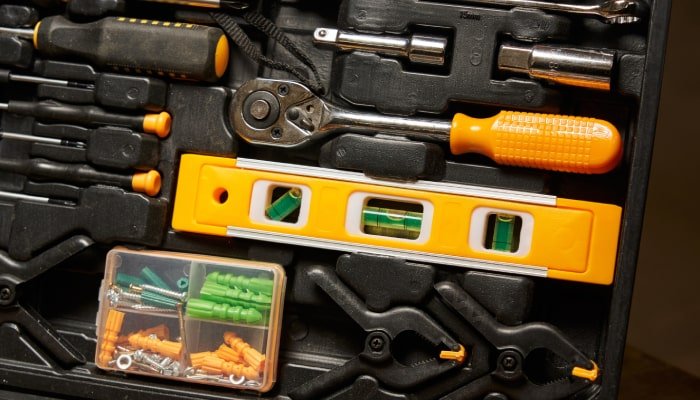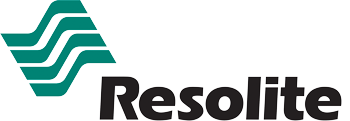Securing fiberglass-reinforced plastic (FRP) effectively is not just about strength—it’s about precision and understanding the synergy between materials. The right screw does more than just hold panels in place. It ensures the enduring resilience and integrity of the entire structure. In the world of FRP installations, where performance and longevity are paramount, the selection of screws becomes a pivotal decision. With an unwavering commitment to quality and an in-depth understanding of FRP’s unique properties, we want to offer insights into selecting the best screws that anchor with assurance and last as long as the panels they secure.
Understanding FRP
Fiberglass-reinforced plastic, or FRP, stands as a testament to engineering ingenuity, blending the toughness of fiberglass with the adaptability of plastic. This composite excels in environments where ordinary materials falter, offering an impressive strength-to-weight ratio that Stabilit America harnesses in their renowned panels. For the assemblies to maintain their integrity, the selection of fasteners is paramount. The best screws for FRP are those that complement its thermal and structural dynamics, ensuring stability without compromising the panel’s resilience. It’s a strategic choice that affects not just the longevity and safety of the installation but also the efficacy of the material in its role, whether it’s shielding structures from the elements or creating transparent barriers that stand the test of time.
Types of Screws Suitable for FRP
Selecting the ideal screws for FRP applications is a nuanced process that involves balancing performance with practicality. The screws must be able to grip the FRP without causing damage and provide lasting hold in various conditions.
Stainless Steel Screws
Stainless steel screws are often the frontrunner for FRP applications, praised for their corrosion resistance and strength. Their ability to withstand the corrosive environments often associated with FRP applications makes them a reliable choice. These screws come in various grades and finishes, with 316 stainless steel being a popular option for its enhanced anti-corrosive properties.
Coated Screws
Coated screws offer an extra layer of protection against corrosion and are suitable for FRP. The coating, which can be a specialized polymer or zinc, helps shield the metal from moisture and chemicals, potentially prolonging the life of the screw and the FRP panel.
Self-Drilling Screws
For ease of installation, self-drilling screws are equipped with a drill point that allows them to bore into the material, eliminating the need for pre-drilling. These are particularly useful when working with thick FRP panels or when securing FRP to metal substructures.
Non-Corrosive Metal Alloy Screws
Non-corrosive metal alloy screws, such as those made from aluminum or specialized alloys, can be suitable for specific FRP applications. They are typically selected for their resistance to rust and their compatibility with the thermal expansion coefficients of FRP.
Material and Design Considerations
When fastening FRP panels, the material and design of the screws are pivotal factors that directly influence the integrity and performance of the installation. The right combination can prevent common issues such as cracking, over-tightening, or fastener failure due to environmental factors.
Material Compatibility
The material of the screws must be chemically compatible with FRP to avoid galvanic corrosion, which occurs when dissimilar metals are in contact with the presence of an electrolyte. Stainless steel is typically an excellent choice for its resistance to corrosion, especially in moist or acidic environments where FRP is often used.
Screw Design
The design of the screw, including its head, thread, and tip, should be tailored to the properties of FRP. Screws with a wide, flat head distribute pressure evenly, reducing stress on the FRP material. Threads designed to cut into the FRP can improve grip and reduce the risk of pull-out under load. Additionally, sharp, self-drilling tips can facilitate easier entry without the need for pre-drilled holes, which can be particularly beneficial in on-site installations.
Load Distribution
Proper load distribution is critical to avoid stress concentration on the FRP panels. Screws should be designed to work with washers that help distribute the load across a broader area, mitigating the risk of cracking or deforming the panel, particularly around the fastening points.
Thermal Expansion
FRP can expand and contract significantly with temperature changes. Screws used in FRP applications should accommodate this movement without loosening or causing damage. This consideration is particularly crucial in outdoor applications where temperature fluctuations are common.
Special Considerations for FRP Fastening
When securing FRP, it’s essential to consider the unique nature of the material. The fastening process requires a delicate balance: screws must be tight enough to hold securely yet not so tight as to cause stress fractures or deformation. Using the correct drill bit size for pilot holes can prevent cracking, while specialized washers may be employed to cushion the screw head and distribute pressure evenly. It’s also crucial to account for FRP’s thermal expansion; fasteners should allow for some movement without compromising the panel’s stability. Lastly, considering the environment where the FRP will be used, such as potential chemical exposure or extreme weather conditions, is key to choosing a fastening method that will ensure the longevity and performance of the FRP installation.
Cost-Effectiveness and Performance in FRP Fastening
In the realm of FRP fastening, the adage “you get what you pay for” holds true, emphasizing the importance of investing in quality screws. Opting for cheaper alternatives might save costs initially, but it can lead to increased maintenance and potential replacement costs in the long run. Quality screws, designed specifically for FRP, offer a balance of initial investment and enduring performance. They prevent common issues like corrosion or loosening, which can compromise the FRP’s structural integrity and appearance. Therefore, selecting screws that might be slightly higher in cost but are known for their durability and compatibility with FRP is not just a purchase but an investment in the longevity and effectiveness of your FRP installations.

Fasten with Confidence: The Best Screws for FRP
Ensuring the durability of FRP installations hinges on using the best screws for FRP. Stabilit America stands ready to supply premium FRP panels and the expertise to select optimal fasteners. For assistance with your project needs, contact us and anchor your work in quality and precision.
Stabilit America Inc. is a leading North American manufacturer of fiberglass reinforced panels (FRP) and polycarbonate sheets, with over 65 years of experience. The company offers the widest range of acrylic, polyester, and polycarbonate laminates, backed by international certifications (USDA, Greenguard, FM, ISO 9001, among others), serving industries such as industrial construction, transportation, and sustainable building.


